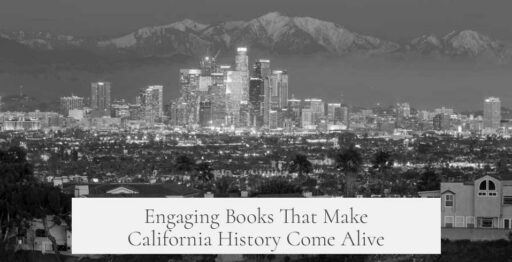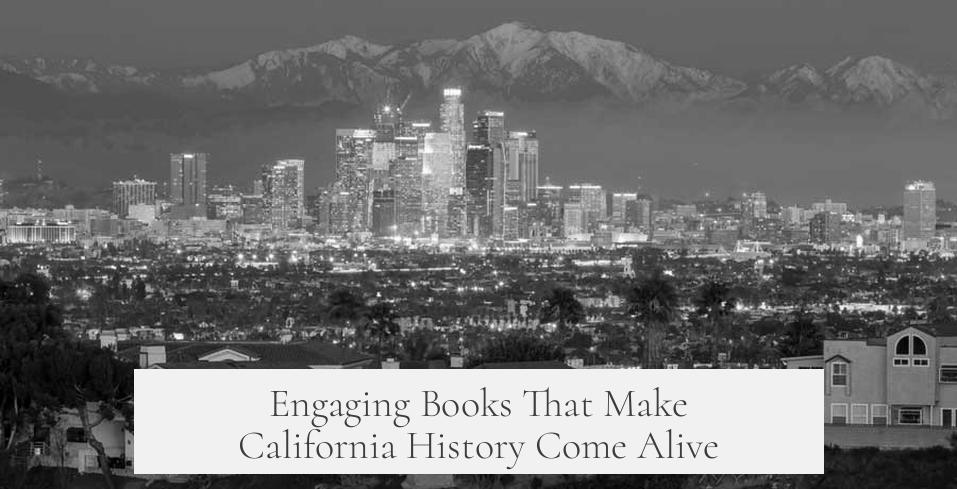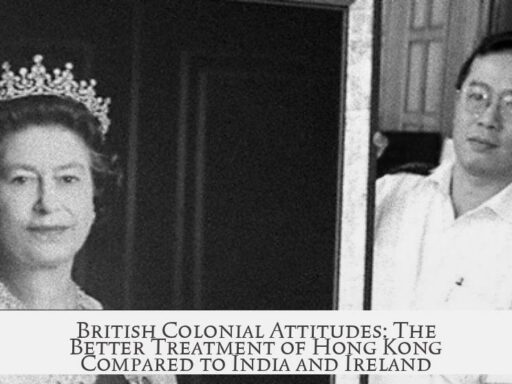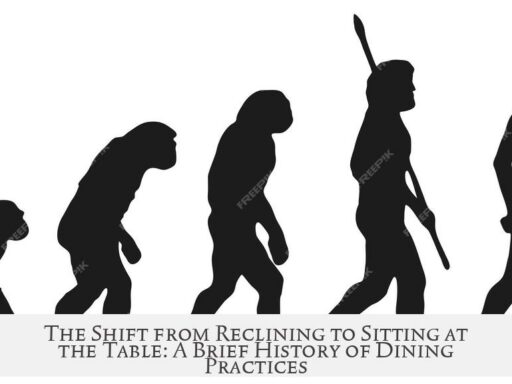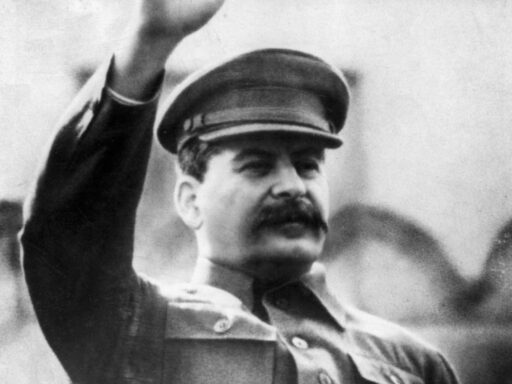Several engaging books explore California’s history through diverse lenses, making the subject accessible and fun for readers interested in the state’s past. These books cover indigenous perspectives, environmental changes, labor history, and ecological management, offering readers a vivid understanding of California’s development.
We Are the Land: A History of Native California by Damon B. Akins and William J. Bauer Jr. presents California’s history from indigenous viewpoints. The narrative starts before Spanish contact and extends to the present day. This book stands out for its chronological approach and rich cultural insights. It also inspired a related podcast, adding dimension to the reading experience.
Mining California: An Ecological History by Andrew C. Isenberg focuses on the environmental impact of the Gold Rush. It highlights how miners and settlers influenced California’s ecosystems. The book connects human activity with ecological outcomes, presenting history through the lens of nature and economy.
The Settler Sea: California’s Salton Sea and the Consequences of Colonialism by Traci Brynne Voyles examines a specific regional history with broad implications. This work analyzes California’s Salton Sea and its colonial past, offering a unique, multi-angle approach to environmental and social issues.
Beasts of the Field: A Narrative History of California Farmworkers, 1769-1913 by Richard Steven Street dives into labor history within agriculture. It tells stories of farmworkers, their struggles, and contributions to California’s farming industry. The narrative gives voice to an often-overlooked segment of the state’s workforce.
Tending the Wild: Native American Knowledge and the Management of California’s Natural Resources by M. Kat Anderson explores how Native Americans historically managed the land. While not strictly a history book, it remains a vital resource. It sheds light on traditional environmental practices relevant to today’s challenges with wildfires and droughts.
- Diverse perspectives enrich California’s history.
- Books cover indigenous views, environmental change, and labor.
- Focused studies on Gold Rush ecology and Salton Sea’s history.
- Exploration of Native American resource management deepens understanding.
- These books combine storytelling with scholarship to engage readers.
What Are Some Fun Books on the History of California?
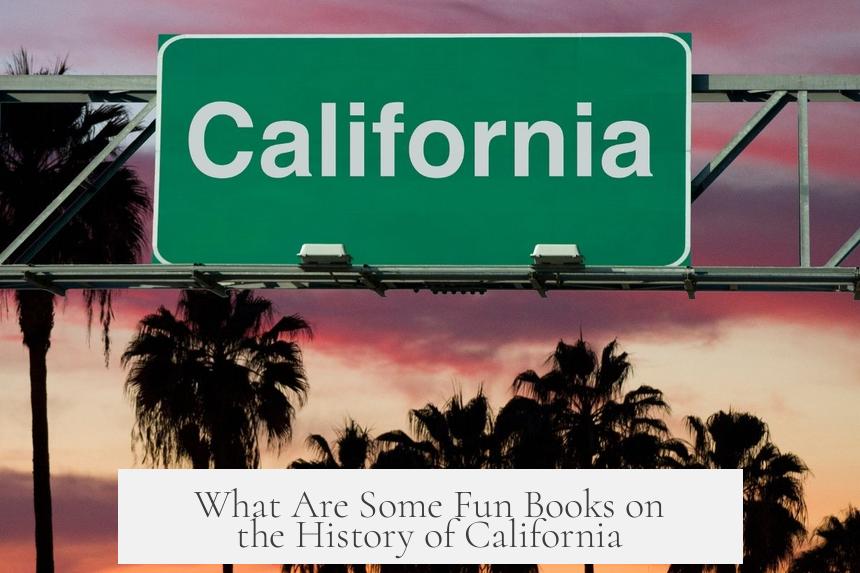
Looking for fun, engaging books on California history? You’re in luck. From indigenous narratives to ecological tales, these reads bring the Golden State’s past to life—without making you snooze. California isn’t just about Hollywood glitz or Silicon Valley tech. Its history runs deep with rich stories about native peoples, ecological drama, colonial impacts, and labor struggles. Curious about how these elements intertwine? Let’s dive in!
First off, why settle for a boring textbook when you can explore California’s history through vibrant indigenous voices?
Native Voices Tell the True Story
We Are the Land: A History of Native California by Damon B. Akins and William J. Bauer Jr. offers a fresh, chronological view of California—starting long before Spanish explorers showed up. This book doesn’t just tell history; it shares the lived experience of California’s original inhabitants, making it a deeply immersive read. Bonus? You can catch a locally produced AskHistorians podcast episode featuring this book. Listening while you drive or walk turns your history lesson into an adventure.
Imagine hearing about those ancient times from the people who lived them. It’s like time travel without the messy paradoxes.
The Environmental Drama of the Gold Rush
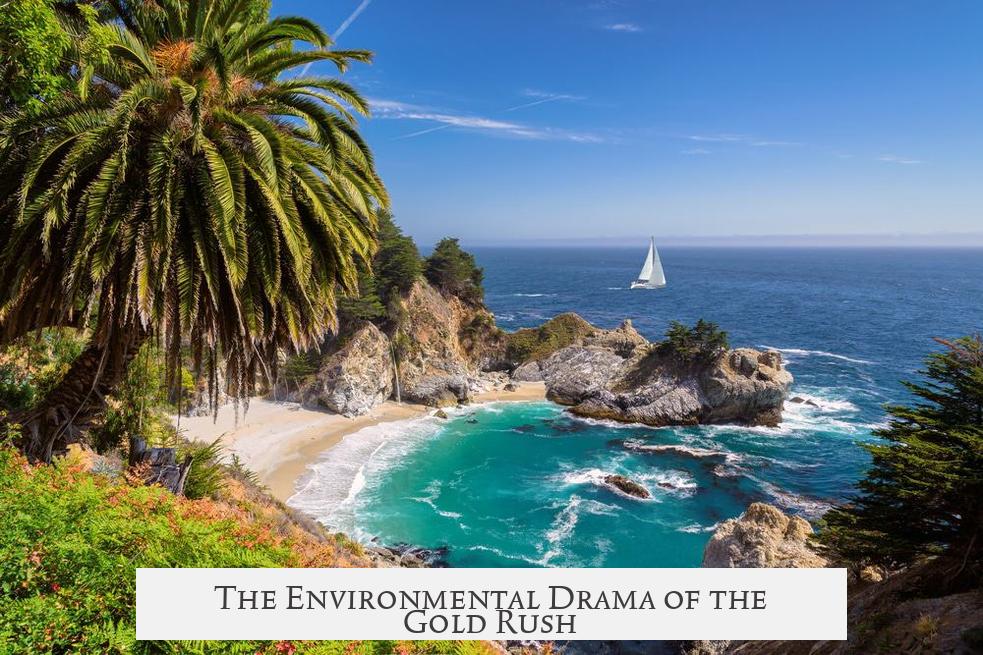
California’s Gold Rush is iconic, but what about the environment? Mining California: An Ecological History by Andrew C. Isenberg digs deep (pun intended) into how settlers and miners reshaped California’s ecosystems. It’s not just about gold; it’s about rivers, forests, and wildlife caught in the upheaval.
If you ever wondered how California’s natural world reacted to a gold frenzy, this book is a goldmine of insights. It connects ecological dots that often get ignored in mainstream history.
The Salton Sea: A Tale of Colonial Consequences
For a history that’s less obvious but fascinatingly specific, take a look at The Settler Sea: California’s Salton Sea and the Consequences of Colonialism by Traci Brynne Voyles. The Salton Sea might seem like just a quirky body of water, but it holds stories of environmental change, displacement, and colonial fallout.
This book approaches California’s past from fresh angles, combining environmental, social, and colonial histories. It’s perfect for readers who love a layered narrative with real-world relevance.
Labor History: The Backbone of California Agriculture
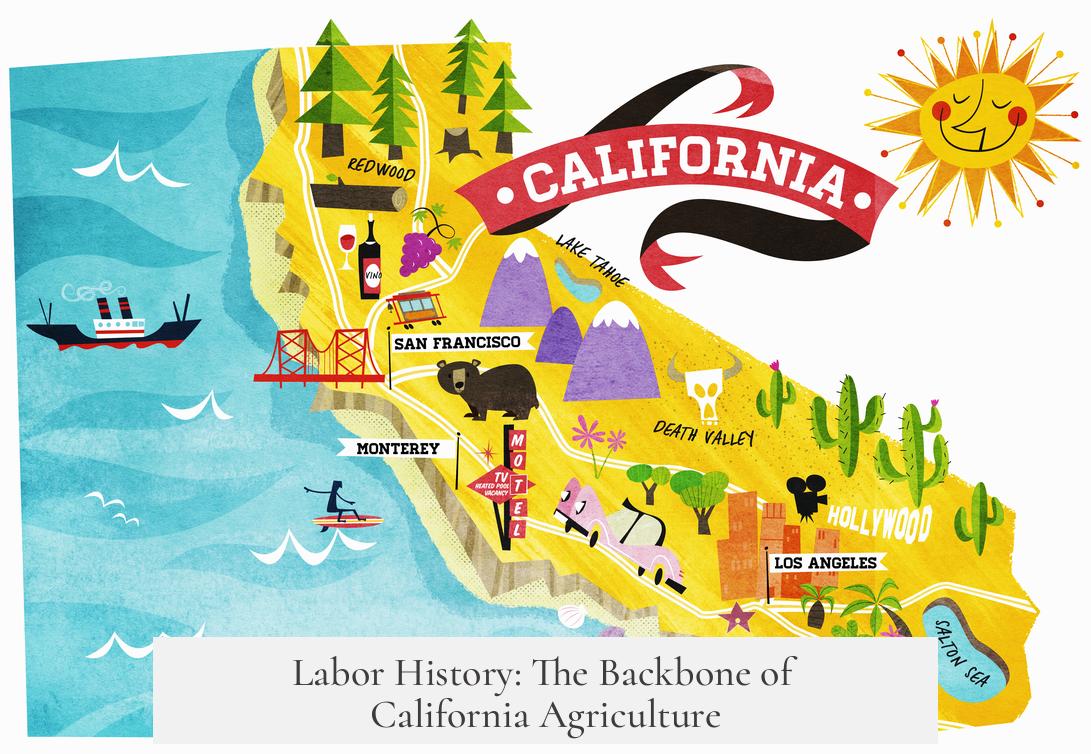
Beasts of the Field: A Narrative History of California Farmworkers, 1769-1913 by Richard Steven Street tells a crucial, often overlooked part of California’s story—the labor of farmworkers. These people shaped the state’s agricultural empire, often under harsh conditions.
This narrative history packs a punch by focusing on the humans behind the produce aisle. It’s an essential read for anyone interested in the social fabric of California’s development. Did you know farmworkers helped build California’s food empire long before it was Silicon Valley’s next-door neighbor?
Native Wisdom on Managing Nature’s Challenges
If you want history with a practical twist, Tending the Wild: Native American Knowledge and the Management of California’s Natural Resources by M. Kat Anderson is the must-read. While strictly speaking it’s not a conventional history book, it offers vital insights into how Native Americans managed resources—skills that matter today as California battles wildfires and drought.
This book teaches ecological mindfulness rooted in ancient practices. It’s a reminder that history isn’t just about the past—it’s a toolkit for the future.
Why These Books Make California History Fun
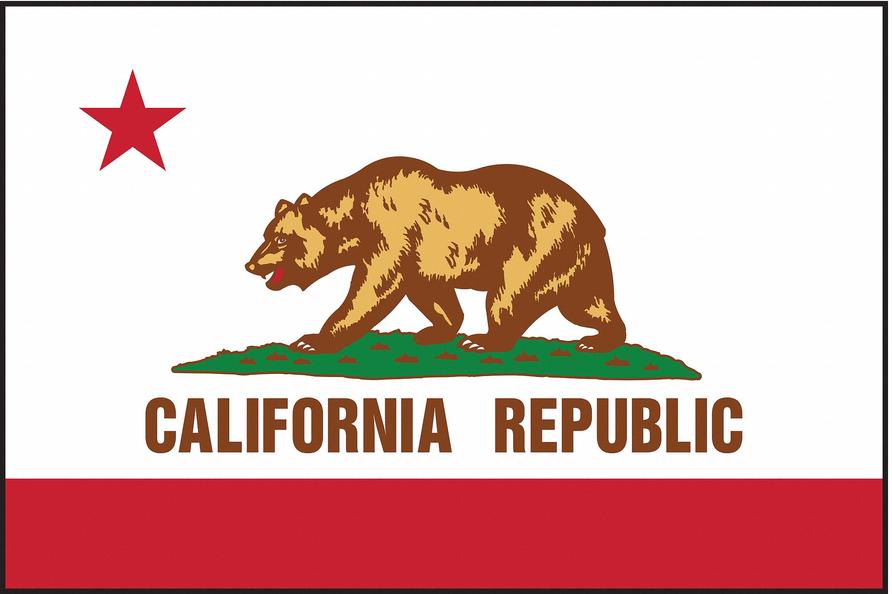
These selections break free from dusty history books. They’re narrative-driven, full of human stories, and connect past to present in surprising ways. From indigenous perspectives to environmental tales and labor struggles, they show California as a living, breathing story.
What if history could feel less like homework and more like chatting with a knowledgeable friend? These books deliver exactly that vibe.
Personal Experience: How These Books Changed My View
Reading We Are the Land revealed a California I didn’t learn in school. Suddenly, I pictured ancient peoples shaping the land with intent and care. That perspective changed my walks in the forests and deserts into moments of connection.
Mining California hooked me because it linked environmental changes to the frenzy everyone talks about but doesn’t fully grasp. It makes you think twice next time you consider California’s natural beauty.
Practical Tips for Enjoying These Books
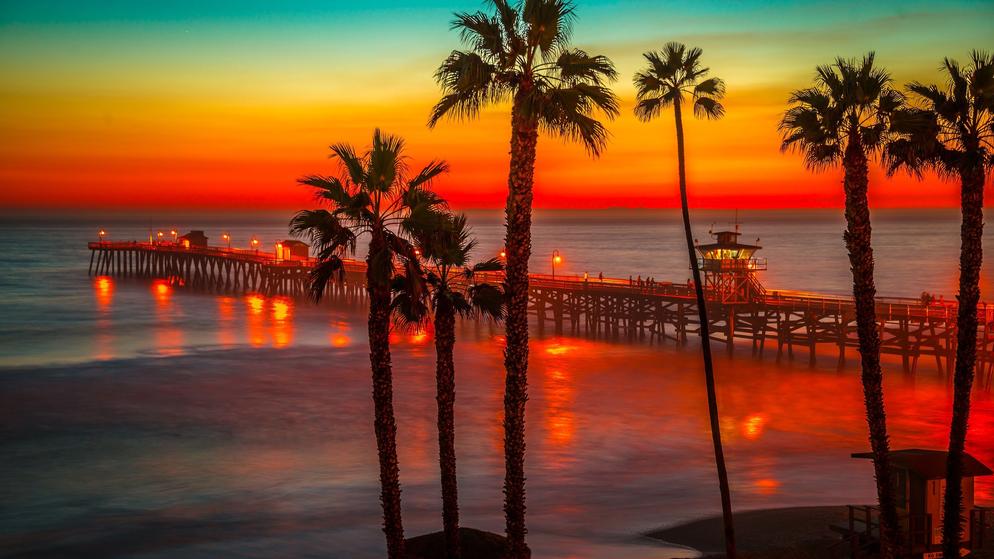
- Pick a topic that matches your mood. Feeling ecological? Go for Mining California. Want human stories? Try Beasts of the Field.
- Mix reading with podcasts or lectures (like the AskHistorians episode). It turns passive reading into an active, immersive experience.
- Discuss with friends or online communities. History becomes more fun when you share your “aha” moments.
Final Thoughts
California’s history isn’t a single story but a mosaic—indigenous roots, environmental upheavals, colonial impacts, and the sweat of farmworkers. These books showcase each piece with clarity and heart.
So, what will you choose to explore first? A land shaped by Native wisdom? The glitter and grime of the Gold Rush? Or the hidden stories behind a salty sea? Reading history should never be a chore. With these engaging picks, it’s a rich journey—and guaranteed fun.
What book offers a Native Californian view of the state’s history?
We Are the Land: A History of Native California by Damon B. Akins and William J. Bauer Jr. presents a timeline of California’s history from indigenous viewpoints, covering pre-Spanish times to today.
Which book covers the environmental impact of the Gold Rush?
Mining California: An Ecological History by Andrew C. Isenberg explores the ecological effects of mining during the Gold Rush and how settlers affected California’s ecosystems.
Is there a history book focusing on California’s Salton Sea?
Yes, The Settler Sea by Traci Brynne Voyles investigates the Salton Sea through the lens of colonialism, bringing multiple perspectives to its history and environmental consequences.
Where can I find a narrative on California farmworkers’ history?
Beasts of the Field by Richard Steven Street details the labor history of California farmworkers from 1769 to 1913, highlighting their role in the state’s agricultural past.
Which book links Native American knowledge to California’s environment?
Tending the Wild by M. Kat Anderson connects indigenous resource management to California’s natural landscape, offering insights relevant to history and modern ecological challenges.
